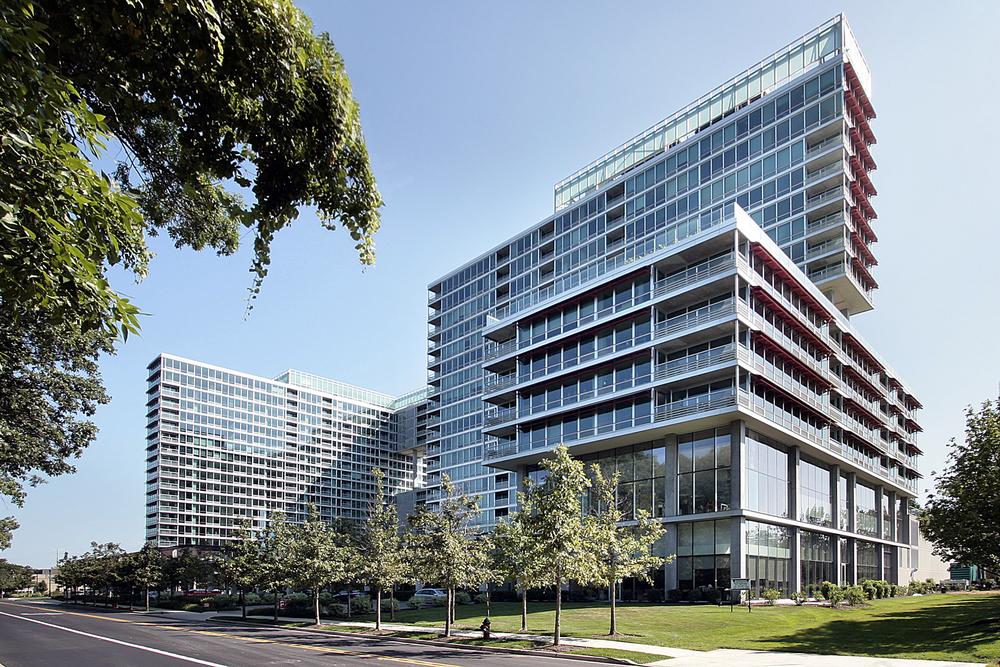Construction commodity volatility in Singapore combined with alternative methodologies
Read also: Shophouse at 266 Joo Chiat Road corner for sale at $16.88 mil

According to a report on commodities from the global construction firm Linesight Construction commodity prices in Singapore are beginning to show signs of slowing down throughout the remainder of the year.
The cost of building materials in the local construction sector are likely to be affected by the geopolitical turmoil the price increases which will occur later in the year will expected to be “modest” according to the consultancy predicts.
The construction industry in Singapore could witness an estimated 5.7% growth in real values for the entire period of 2022. Contracts for construction awarded in the coming year are expected to be the primary factor behind this projected growth in the years ahead and will be supported by investments in residential, transportation renewables, manufacturing, says Michael Murphy, director of Linesight Singapore.
“The global geopolitical situation can impact (the construction commodity market) which will result in the price of materials to remain volatile in addition to high energy costs, and supply chain challenges and posing risks for the downside,” says Murphy.
For instance, Linesight expects steel prices to rise because of disruptions in supply, increased cost of inputs, and rising demand from industries that consume steel. The global supply of steel has been in decline due to the Ukraine-Russia conflict, both countries being the primary iron and steel producers. The cost of flat steel and steel rebar are expected to rise to 1.5% this quarter.
Although Covid-lockdowns in China have slowed some need for copper the prices of the metal are likely to be volatile because of the general decline in expectations for global economic growth. “In light of the uncertain outlook for economic growth the prices will remain volatile during the next months,” says Linesight.
The company anticipates copper prices to decline by around 13% this quarter, but it believes that investment in the electric automobile and renewable energy sectors will boost demand for copper over the long run.
In the meantime, lumber prices are likely to remain fairly high throughout this year. This is fueled in part by an increase in residential construction as well as global supply demand.
“Looking ahead we expect the levelling of costs for supply as well as a rise in demand for alternative construction techniques like modular construction will create a highly busy construction industry during the second quarter of 2022 and through 2023.” states Murphy.
Linesight is encouraging its clients to take an approach that is more strategic to procurement over the next few months, to minimize the risk that are associated with supply chain issues as well as the rise in commodity prices and logistical challenges.